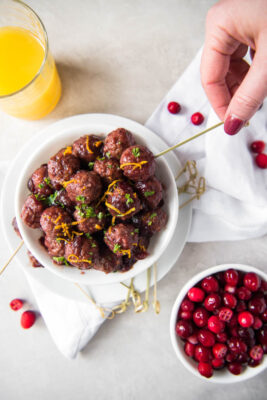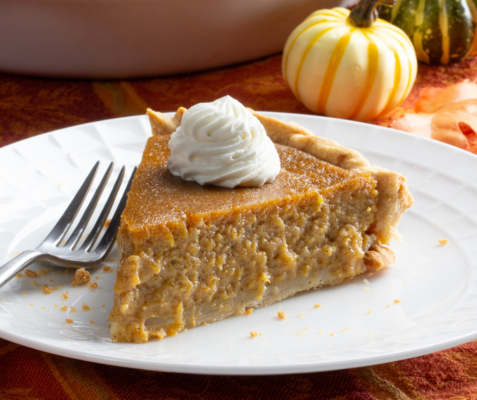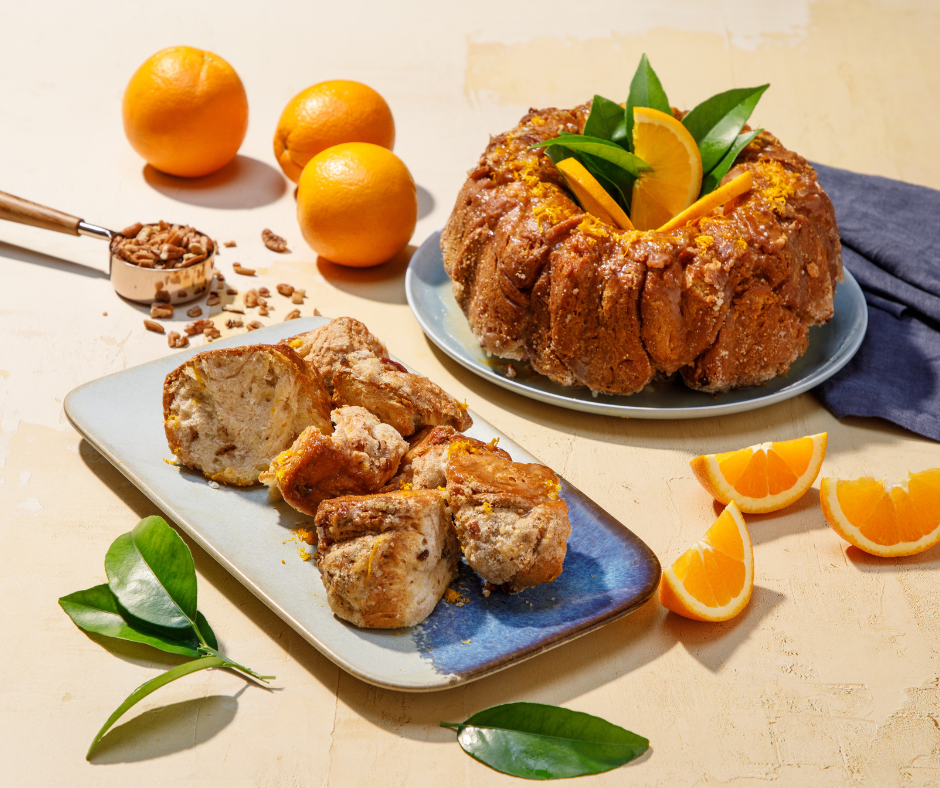Food Safety Resources
Shop, Chill, Thaw, Cook
For the best food quality and safety measures, use the following tips when shopping, storing, thawing and cooking frozen and refrigerated foods.
Shop – Shopping Tips:
 Make the frozen food and dairy departments your last stop in the supermarket.
Make the frozen food and dairy departments your last stop in the supermarket.- Buy frozen and refrigerated foods from a store with orderly, well-managed frozen and dairy sections.
- Select frozen food packages that are clean and firm. Discolored packages and large amounts of frost may mean that the package has not been kept at the appropriate temperature during storage.
- When bagging groceries, pack all frozen food and refrigerated food together to help maintain their cold temperature.
Chill – Refrigerator and Freezer Storage Tips:
 Keep the refrigerator temperature at or below 40° F and the freezer at 0° F. Use a refrigerator/freezer thermometer to make sure the proper temperature is maintained.
Keep the refrigerator temperature at or below 40° F and the freezer at 0° F. Use a refrigerator/freezer thermometer to make sure the proper temperature is maintained.- Put a purchase date on all frozen food products, then rotate foods, putting newly purchased items in the back of the freezer. Use products on a “first in, first out” basis.
- Don’t over-fill the freezer. The freezer should be about 3/4 full, leaving room for air to circulate around food.
- The best way to minimize freezer burn is to avoid temperature fluctuations within your freezer (e.g. make sure the door is kept closed and freezer is about 3/4 full.) In addition, ensure products are wrapped well, in air-tight packaging.
- Try to not open the freezer or refrigerated unless it’s necessary. When you do, don’t linger with the door open.
Thaw – Thawing Instructions:
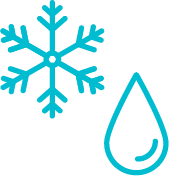 Most frozen foods are intended to be cooked directly from the frozen state. They are not meant to be stored in the refrigerator before cooking or eating.
Most frozen foods are intended to be cooked directly from the frozen state. They are not meant to be stored in the refrigerator before cooking or eating.- Do not refreeze thawed frozen foods for safety and quality reasons.
- Never defrost food at room temperature. Only thaw food in the refrigerator, in cold water or in the microwave.
- Food thawed in cold water or in the microwave should be cooked immediately.
Cook – Cooking Instructions:
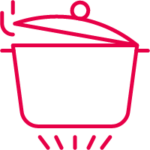 You should not eat frozen foods before following cooking instructions on the package.
You should not eat frozen foods before following cooking instructions on the package.- Be sure to follow the package cooking instructions for optimal food safety and quality.
- Use a food thermometer which measures the internal temperature of cooked meat, poultry and egg dishes, to make sure that the food is cooked to a safe internal temperature. See Safe Internal Temperatures PDF
- If your microwave’s wattage is lower than the wattage on the label’s instructions, it will take longer to cook the food to a safe internal temperature.
Source: National Frozen & Refrigerated Foods Association, American Frozen Food Institute, Partnership for Food Safety Education

